Home>Home Appliances>Bathroom Appliances>How To Calibrate A Scale Without A 100g Weight
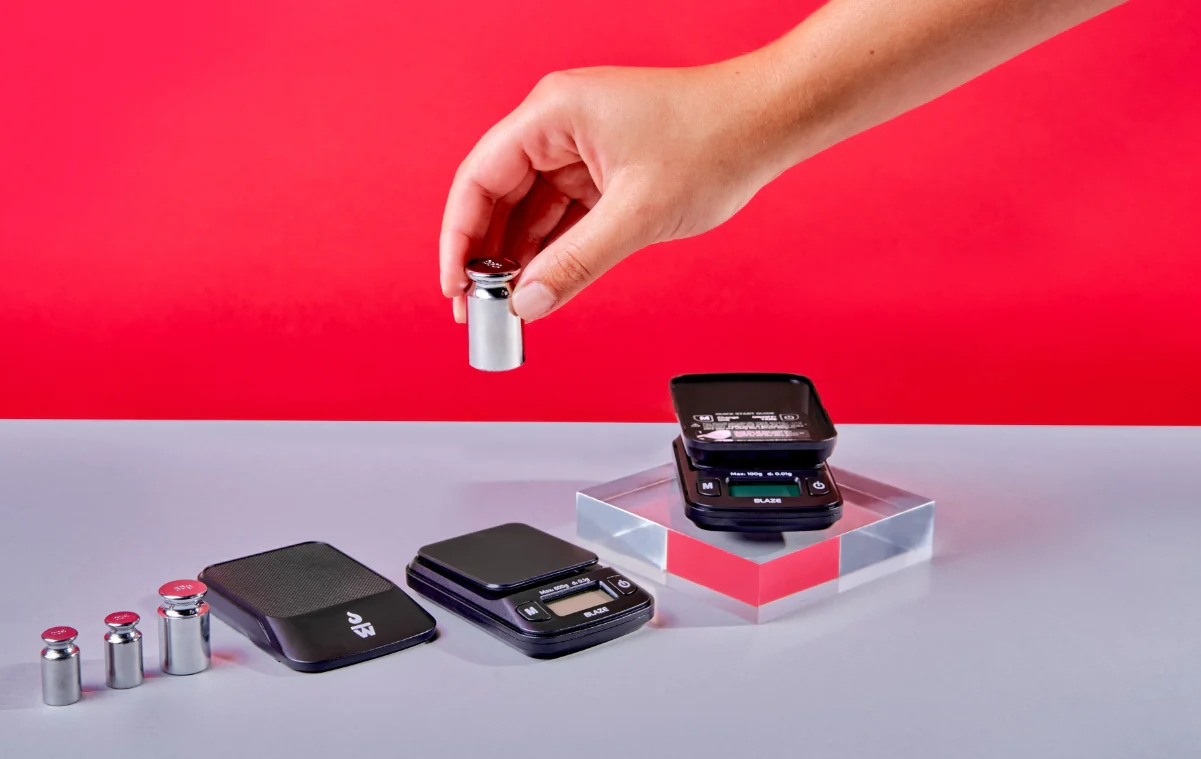

Bathroom Appliances
How To Calibrate A Scale Without A 100g Weight
Published: February 13, 2024
Learn how to calibrate a bathroom scale without a 100g weight. Follow these simple steps to ensure accurate measurements for your bathroom appliances.
(Many of the links in this article redirect to a specific reviewed product. Your purchase of these products through affiliate links helps to generate commission for Storables.com, at no extra cost. Learn more)
Introduction
Calibrating a scale is a crucial step in ensuring accurate measurements for various purposes, from cooking and baking to scientific experiments and industrial applications. A properly calibrated scale provides reliable and consistent results, which is essential for achieving precision in any task that requires measurements.
When it comes to calibrating a scale, the conventional method involves using a known weight, such as a 100g weight, to adjust the scale's accuracy. However, there are instances where a 100g weight may not be readily available. In such cases, it becomes necessary to explore alternative methods for calibrating the scale without the standard weight.
In this comprehensive guide, we will delve into the calibration process, explore alternative methods for calibrating a scale without a 100g weight, and provide a step-by-step guide to help you calibrate your scale effectively. Additionally, we will share valuable tips for maintaining the accuracy of your scale, ensuring that it continues to deliver precise measurements over time.
By understanding the calibration process and learning about alternative methods, you will be equipped with the knowledge and skills to calibrate your scale with confidence, even in situations where a 100g weight is not available. Whether you are a home cook, a laboratory technician, or a professional in any field that relies on accurate measurements, this guide will empower you to maintain the precision of your scale, ultimately contributing to the success and reliability of your endeavors.
Key Takeaways:
- Calibrating a scale without a 100g weight is possible using household items or multiple known weights. This ensures accurate measurements for cooking, science, and more, even when standard weights are unavailable.
- To maintain scale accuracy, regularly calibrate, clean, and handle it with care. Consider environmental factors, use stable surfaces, and keep records for proactive maintenance. These practices ensure reliable and precise measurements over time.
Understanding the Calibration Process
Calibration is the process of adjusting and verifying the accuracy of a measuring instrument, such as a scale, to ensure that it provides consistent and reliable results. When it comes to scales, calibration is essential for maintaining precision in measurements, whether for culinary purposes, scientific experiments, or industrial applications.
The calibration process involves comparing the readings of the scale to known standard weights. By doing so, any discrepancies or inaccuracies in the scale's measurements can be identified and corrected. This ensures that the scale provides precise and consistent readings, instilling confidence in the accuracy of the measurements it delivers.
During calibration, the scale is typically adjusted to ensure that it accurately reflects the weight of the standard masses. This adjustment may involve altering the internal mechanisms of the scale to align its measurements with the known standard weights. By calibrating the scale in this manner, users can trust that the measurements obtained from the scale are reliable and accurate.
It's important to note that calibration is not a one-time event. Scales can drift out of calibration over time due to regular use, environmental factors, or mechanical stress. Therefore, periodic calibration is necessary to maintain the accuracy of the scale. By understanding the calibration process and its significance, users can appreciate the importance of regular maintenance to ensure the ongoing reliability of their scales.
In summary, the calibration process is a fundamental aspect of ensuring the accuracy and reliability of scales. By comparing the scale's measurements to known standard weights and making necessary adjustments, the scale can consistently deliver precise readings. Understanding the calibration process empowers users to recognize the importance of regular calibration, ultimately contributing to the trustworthiness of the measurements obtained from the scale.
Alternative Methods for Calibrating a Scale Without a 100g Weight
In situations where a 100g weight is not readily available for calibrating a scale, alternative methods can be employed to achieve accurate results. These methods offer practical solutions for individuals who may not have access to standard calibration weights or require immediate calibration without the specific weight on hand.
Utilizing Multiple Known Weights
One alternative method involves using multiple known weights to calibrate the scale. While a single 100g weight is the conventional choice for calibration, a combination of smaller weights can be utilized to achieve the desired total mass. For instance, a 50g weight and two 25g weights can be combined to create a 100g equivalent. By carefully arranging and placing these weights on the scale, users can effectively calibrate it without the need for a single 100g weight.
Substitution with Common Household Items
In the absence of standard calibration weights, common household items can serve as substitutes for calibrating the scale. Coins, such as quarters or nickels, are often used due to their standardized weights. Additionally, certain kitchen items, such as bags of sugar or flour, can be employed to create known masses for calibration purposes. While these items may not provide the precision of standard weights, they offer a practical solution for calibrating a scale when specific calibration weights are unavailable.
Read more: How To Fix A Weight Scale
Calibration by Comparison
Another alternative method involves calibration by comparison. In this approach, a second scale that has been verified and calibrated using standard weights is utilized as a reference. By comparing the readings of the scale requiring calibration to those of the verified scale, adjustments can be made to align the measurements. While this method may not be as precise as using standard weights directly, it can serve as a practical workaround for calibrating a scale without the specific 100g weight.
Step-by-Step Guide to Calibrating a Scale Without a 100g Weight
Now that we have explored alternative methods for calibrating a scale without a 100g weight, let's proceed to a step-by-step guide that outlines the process in detail. This guide will provide clear instructions for calibrating your scale effectively, ensuring accurate and reliable measurements in various applications.
Step-by-Step Guide to Calibrating a Scale Without a 100g Weight
Calibrating a scale without a 100g weight can be achieved through alternative methods that allow for precise adjustments to ensure accurate measurements. Follow these step-by-step instructions to effectively calibrate your scale using practical and accessible techniques:
-
Gather Substitute Weights: Identify substitute weights that can be used to create the equivalent of a 100g mass. This can include combinations of coins, kitchen items, or smaller known weights that, when combined, total 100g.
-
Verify Substitute Weights: If using household items or coins as substitute weights, it is essential to verify their individual masses using a verified scale or precision measuring tools. This ensures the accuracy of the substitute weights for calibration purposes.
-
Arrange Substitute Weights: Carefully arrange the substitute weights on the scale, ensuring that they total 100g. If using coins, stack or place them strategically to achieve the desired mass. For kitchen items, use measuring tools to confirm the total mass.
-
Adjust Scale Reading: Once the substitute weights are in place, observe the scale reading. If the scale does not reflect the expected 100g mass, use the scale's calibration mechanism, if available, to make adjustments based on the difference between the actual and expected readings.
-
Repeat and Fine-Tune: If necessary, repeat the process, making slight adjustments to the substitute weights or the scale's calibration settings until the scale consistently displays the accurate 100g mass.
-
Verification and Testing: After calibrating the scale using substitute weights, it is crucial to verify its accuracy by comparing measurements with known standard weights or verified scales. This validation ensures that the scale provides reliable and consistent readings.
By following this step-by-step guide, you can effectively calibrate your scale without a 100g weight, utilizing alternative methods to achieve precise measurements for various applications. These practical techniques empower you to maintain the accuracy of your scale, even in situations where standard calibration weights may not be readily available.
This step-by-step guide provides a clear and actionable framework for calibrating a scale without a 100g weight, offering practical solutions for achieving accurate measurements in diverse settings.
Tips for Maintaining the Accuracy of Your Scale
Maintaining the accuracy of your scale is essential to ensure consistent and reliable measurements over time. By implementing the following tips, you can prolong the precision of your scale and optimize its performance for various applications.
Read more: How To Use A Manual Weight Scale
1. Regular Calibration:
Schedule regular calibration sessions for your scale to detect any deviations in accuracy. Periodic calibration helps identify potential drifts in measurement precision, allowing for timely adjustments to maintain the scale's reliability.
2. Clean and Inspect:
Regularly clean and inspect your scale to prevent debris or residue from affecting its accuracy. Dust, spills, or foreign particles can interfere with the scale's mechanisms, leading to inaccurate readings. By keeping the scale clean and inspecting it for any signs of damage, you can preserve its accuracy.
3. Handle with Care:
Handle the scale with care to avoid mechanical stress or damage. Rough handling can impact the internal components of the scale, potentially compromising its accuracy. By treating the scale gently and avoiding unnecessary impact, you can extend its lifespan and maintain precise measurements.
4. Environmental Considerations:
Be mindful of the scale's operating environment. Extreme temperatures, humidity, or exposure to direct sunlight can influence the scale's performance. Place the scale in a stable environment with consistent conditions to minimize the impact of external factors on its accuracy.
Read more: How To Connect A Weight Watchers Scale
5. Use Appropriate Weighing Surfaces:
Ensure that the surface on which the scale is placed is stable and level. Uneven or unstable surfaces can affect the scale's readings. Additionally, using a dedicated weighing surface, such as a smooth and flat countertop, can contribute to accurate measurements.
6. Professional Maintenance:
Consider professional maintenance and servicing for your scale, especially for complex or industrial-grade models. Professional technicians can conduct thorough inspections, adjustments, and calibrations to uphold the scale's accuracy according to industry standards.
7. Record Keeping:
Maintain a record of calibration dates, adjustments, and any issues encountered with the scale. Keeping detailed records allows you to track the scale's performance over time and facilitates proactive maintenance and troubleshooting.
By incorporating these tips into your scale maintenance routine, you can uphold the accuracy of your scale, ensuring that it continues to deliver precise measurements for your specific needs. Prioritizing regular calibration, cleanliness, careful handling, environmental considerations, and professional maintenance will contribute to the longevity and reliability of your scale, ultimately enhancing the quality and precision of your measurements.
Frequently Asked Questions about How To Calibrate A Scale Without A 100g Weight
Was this page helpful?
At Storables.com, we guarantee accurate and reliable information. Our content, validated by Expert Board Contributors, is crafted following stringent Editorial Policies. We're committed to providing you with well-researched, expert-backed insights for all your informational needs.
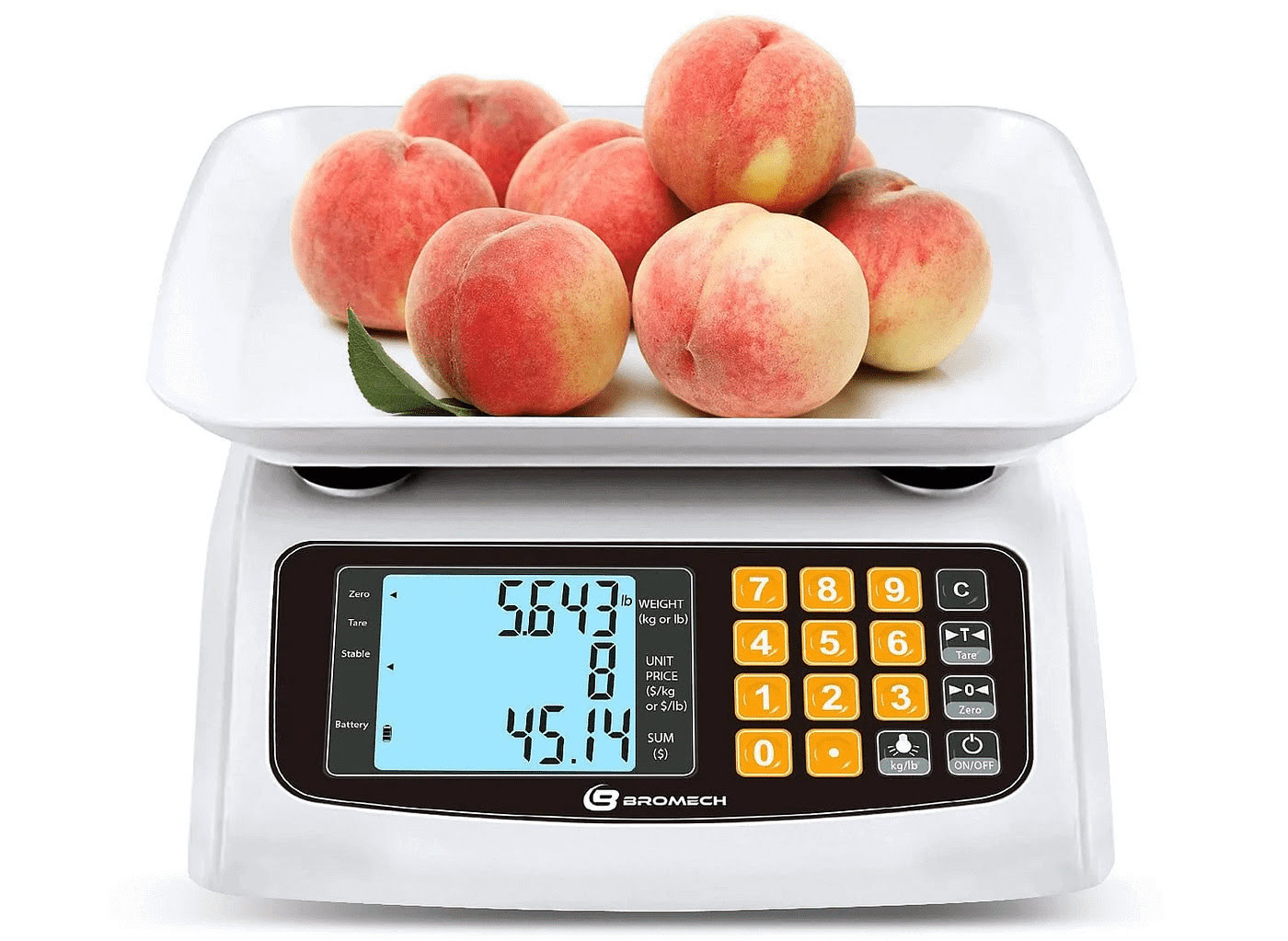
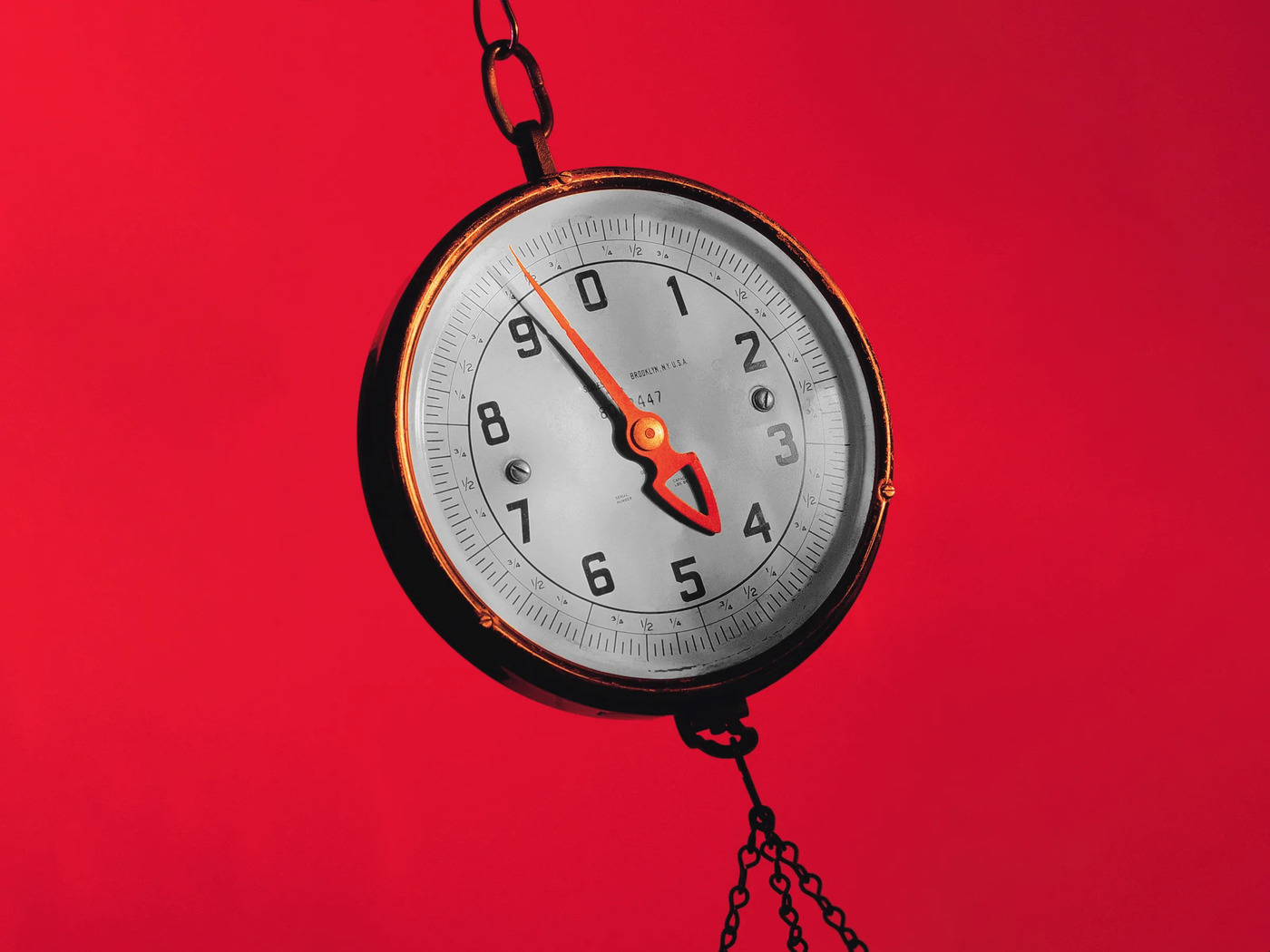
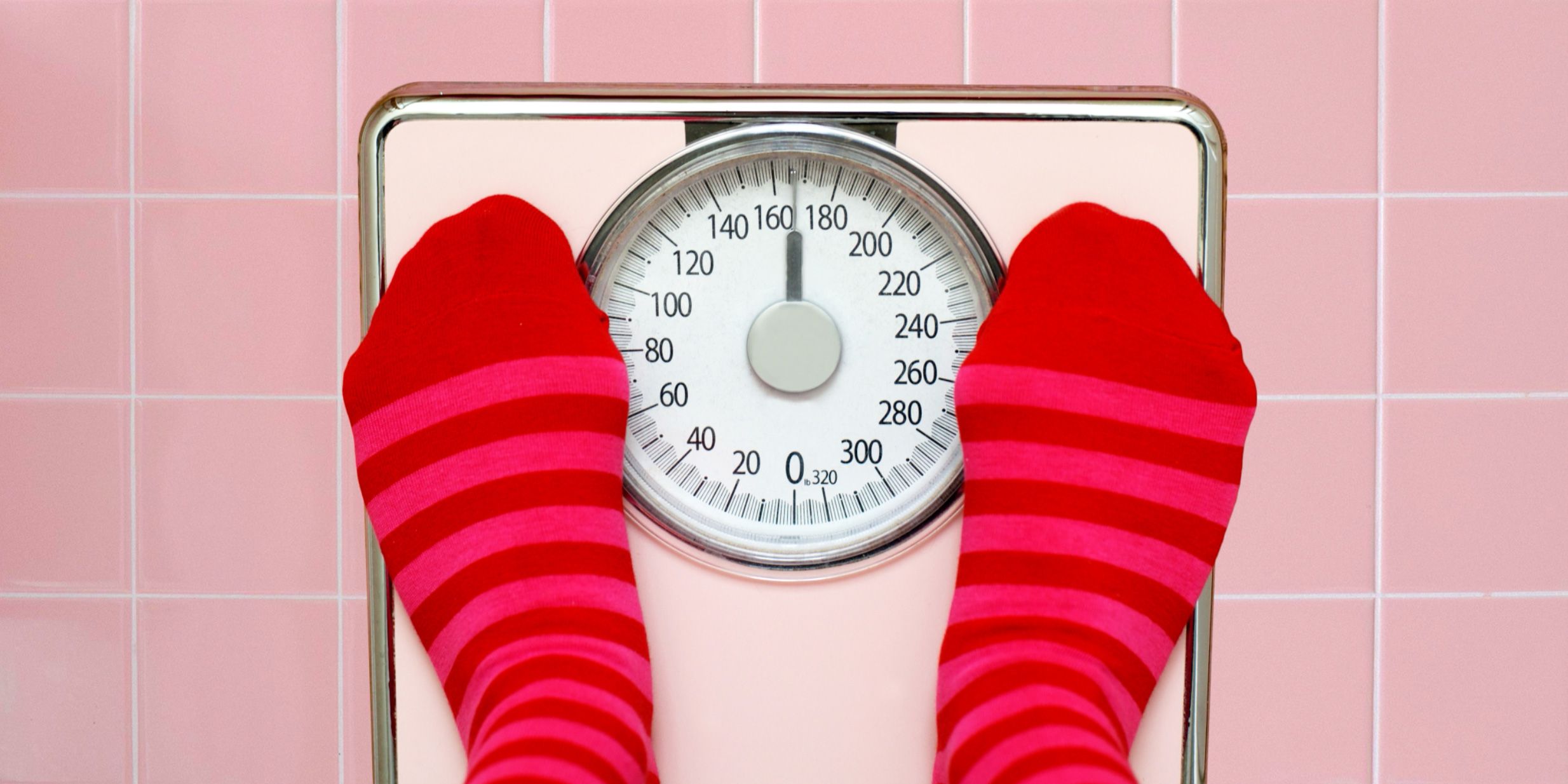
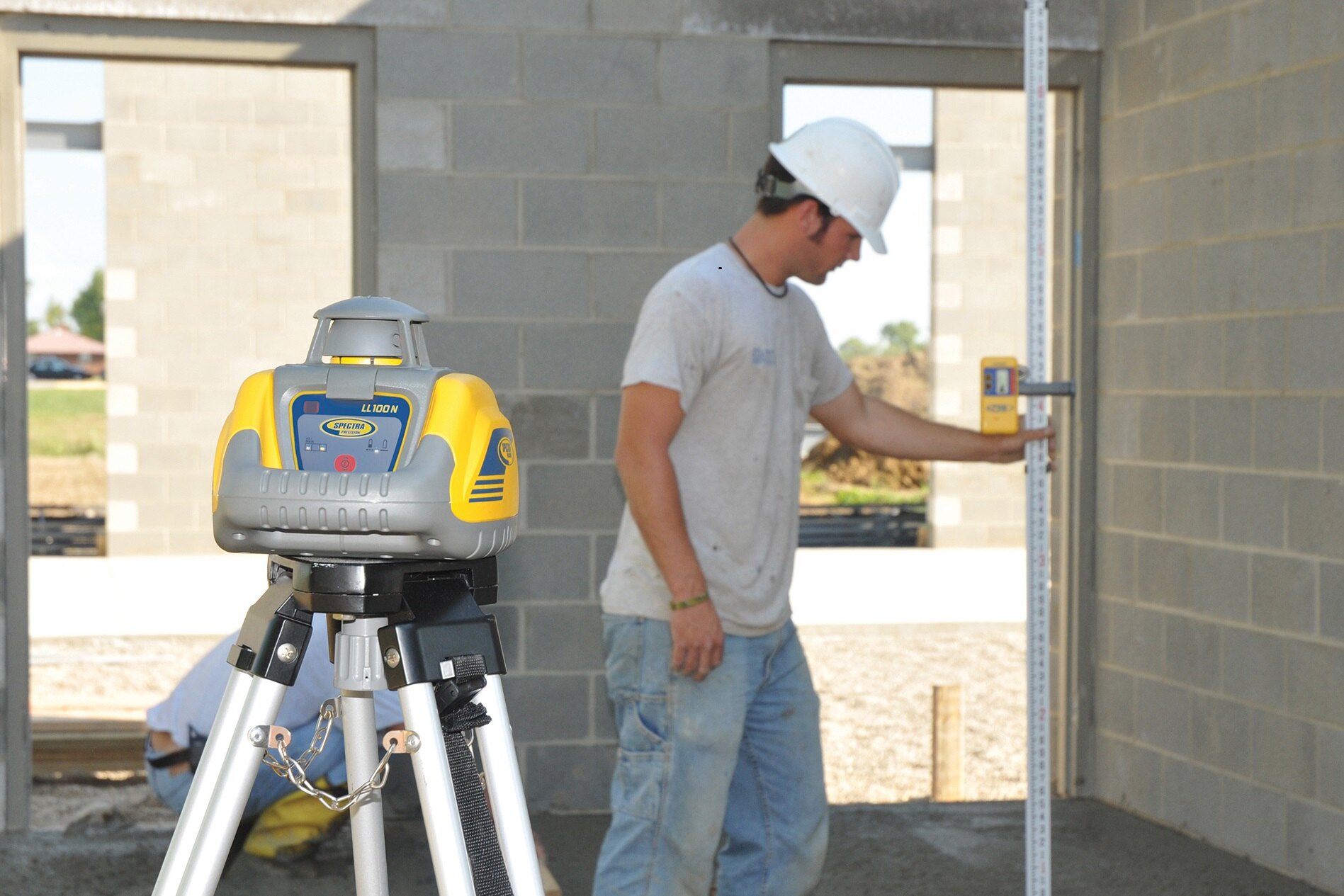
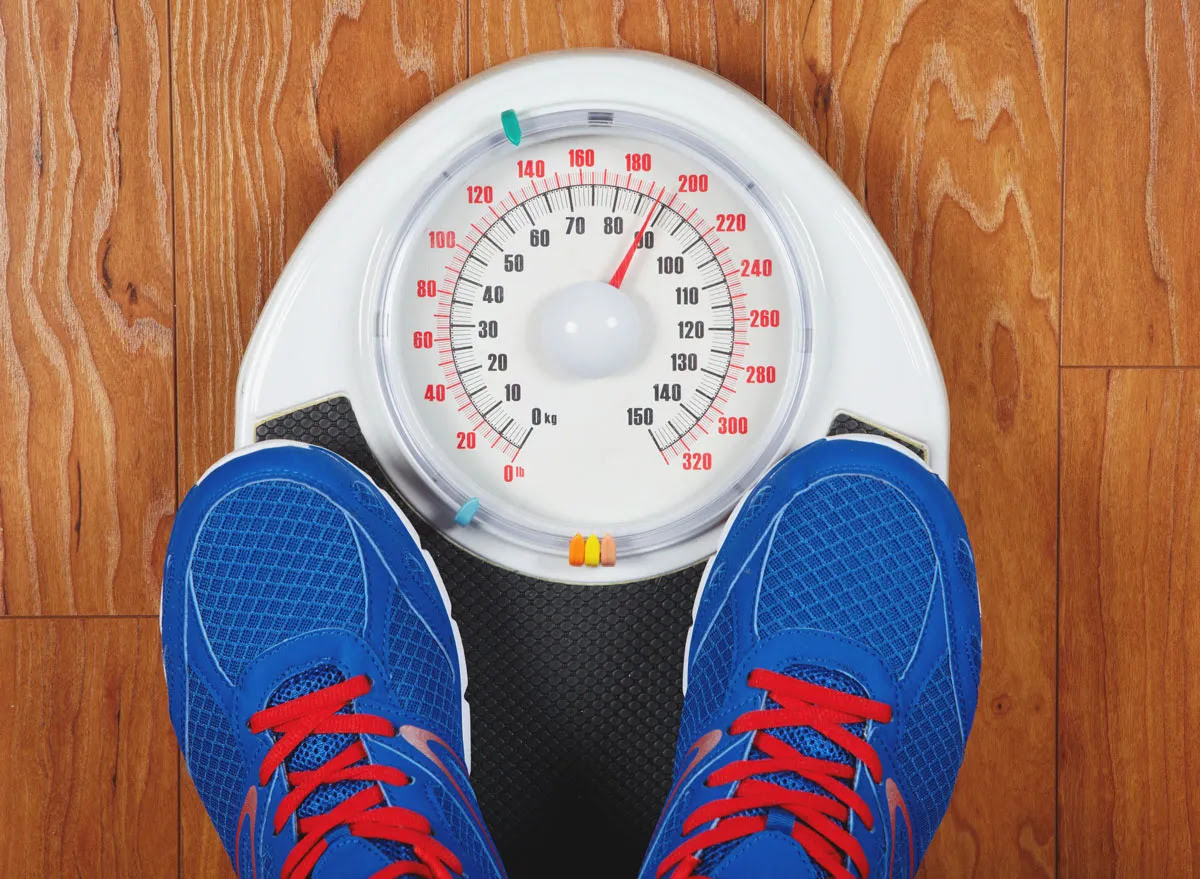
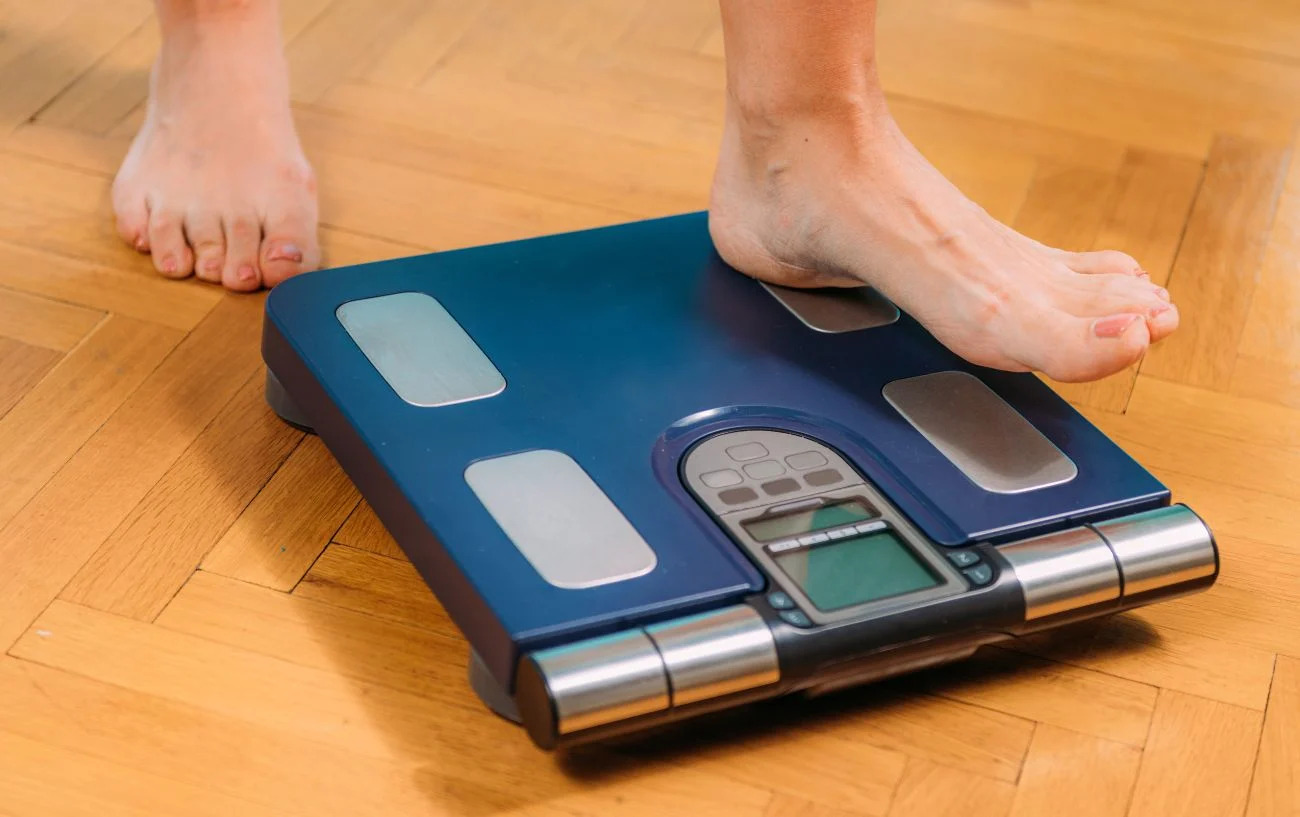
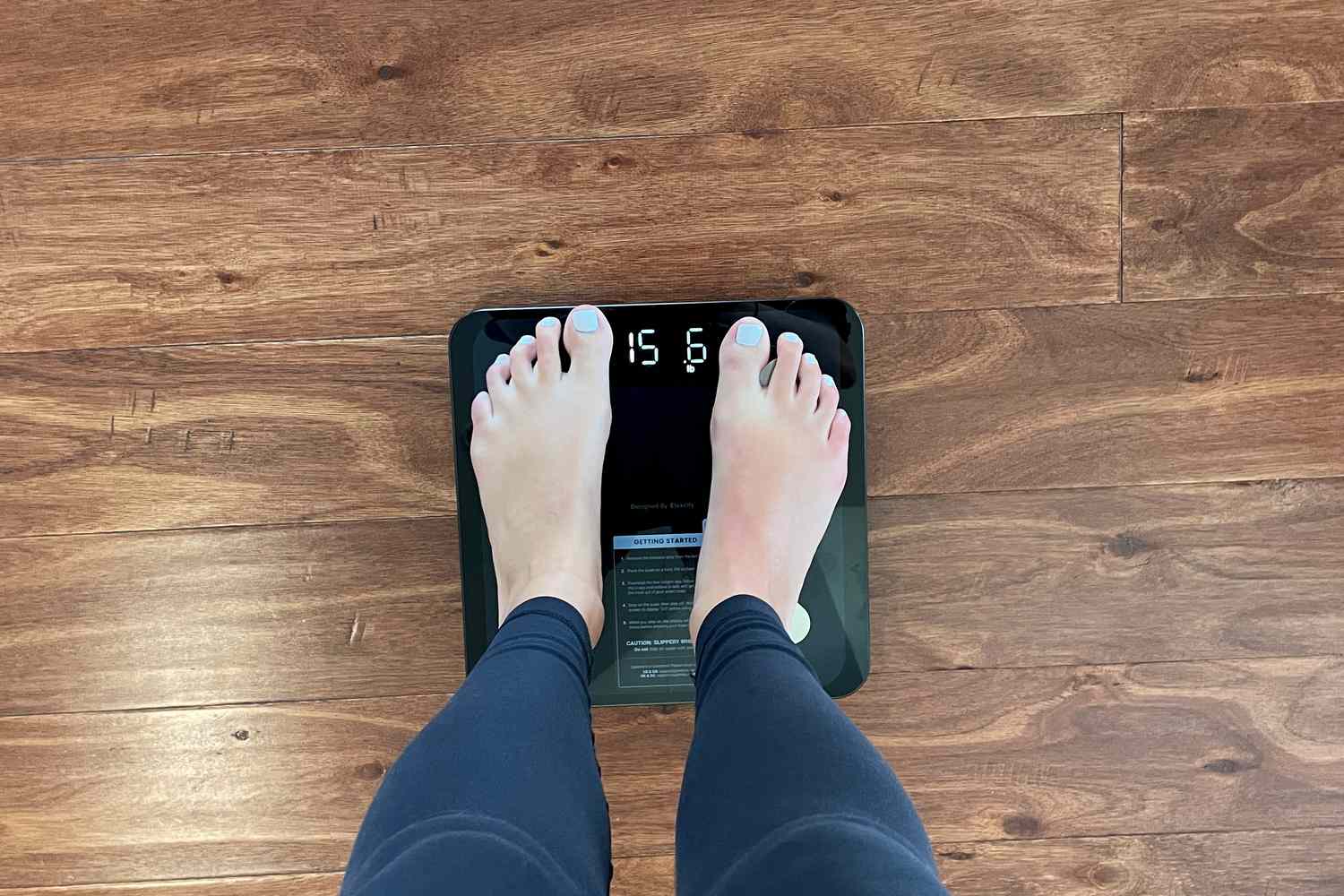
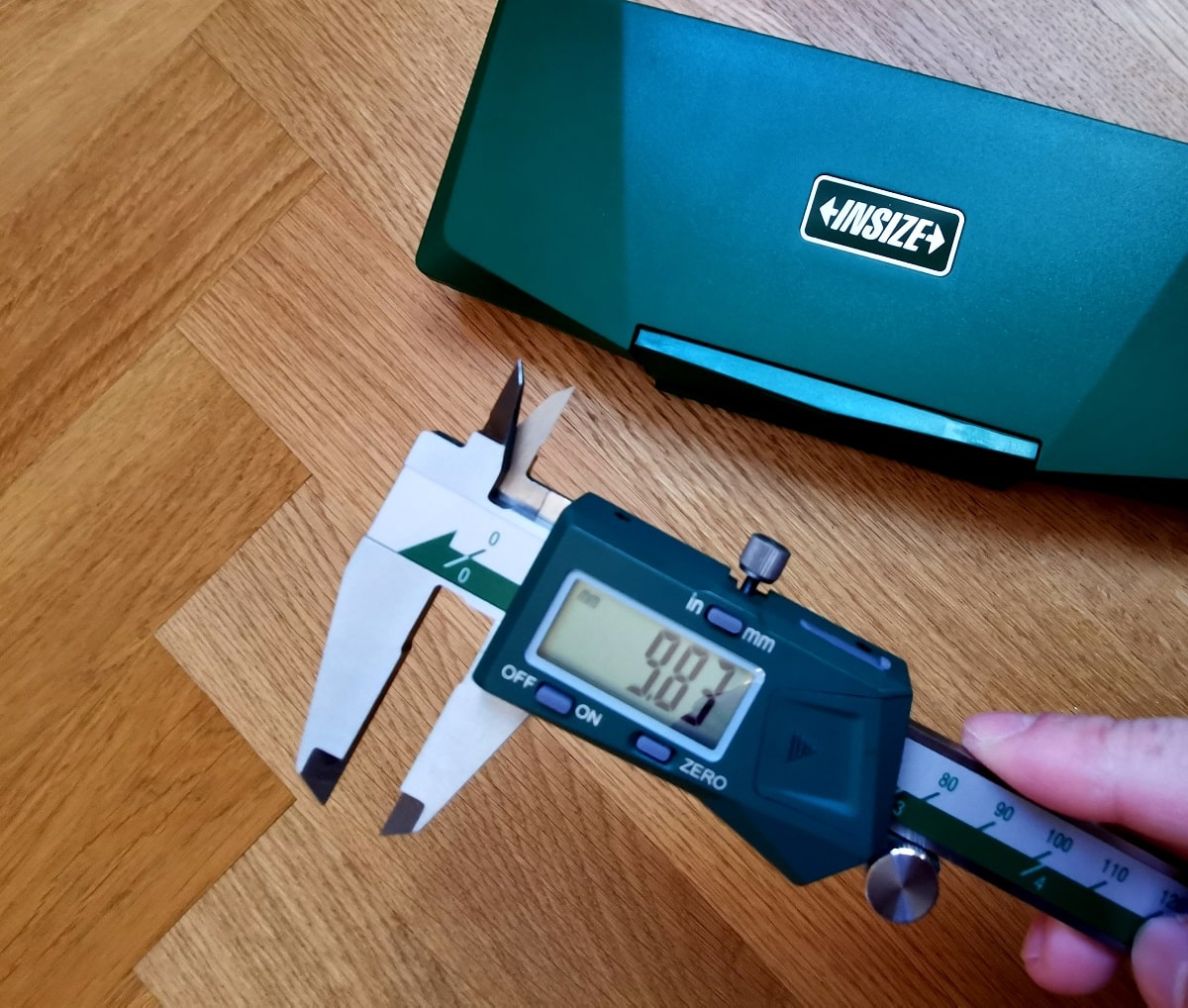
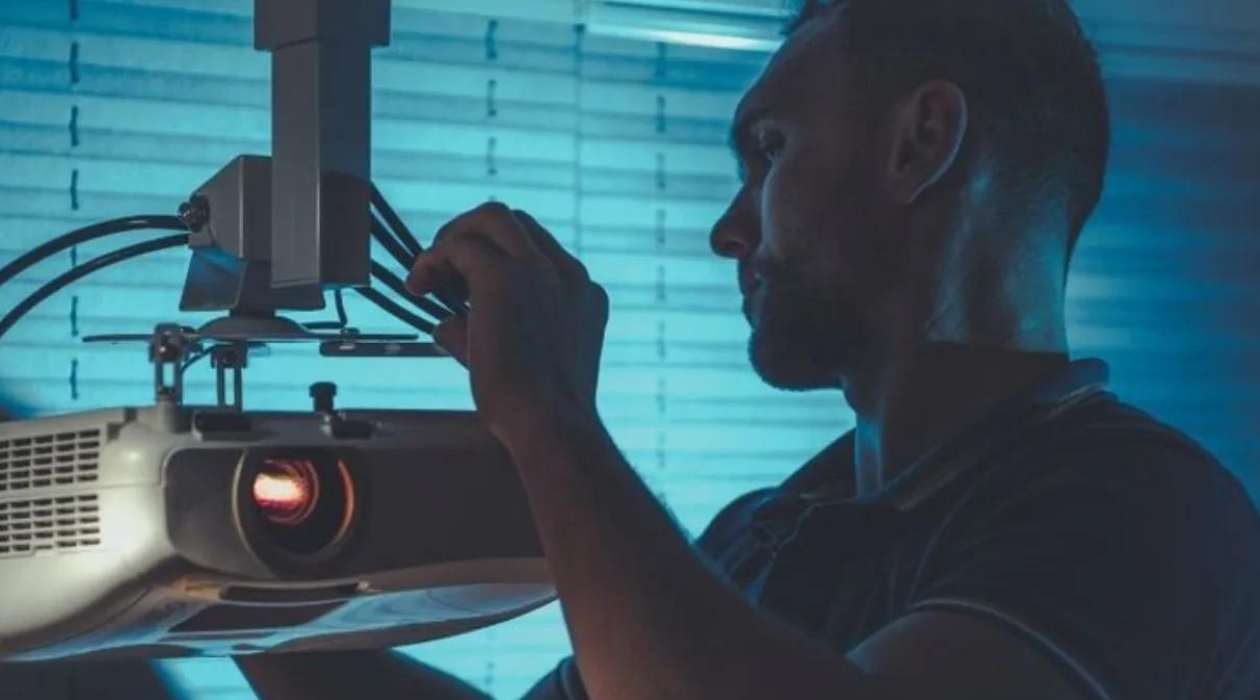
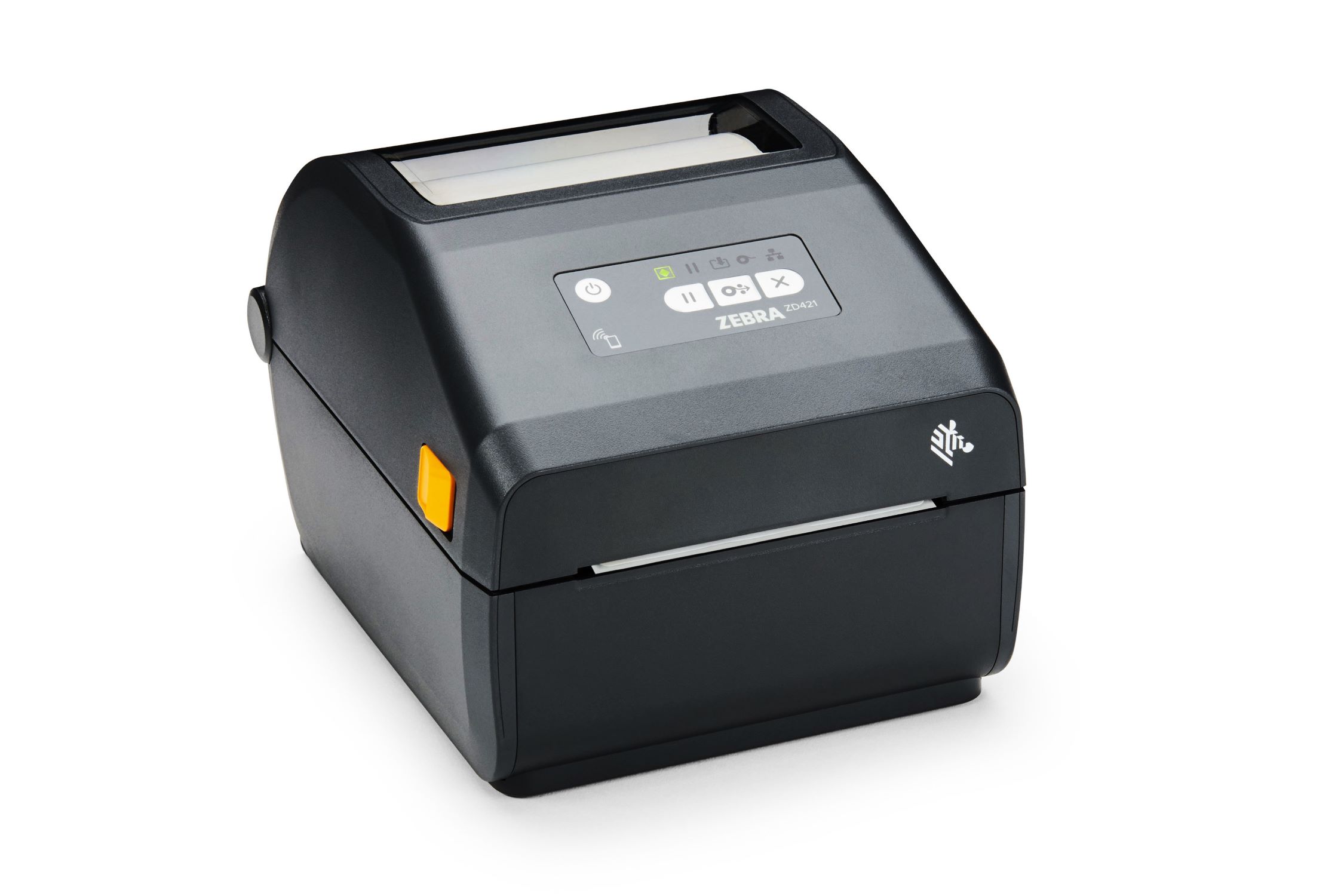
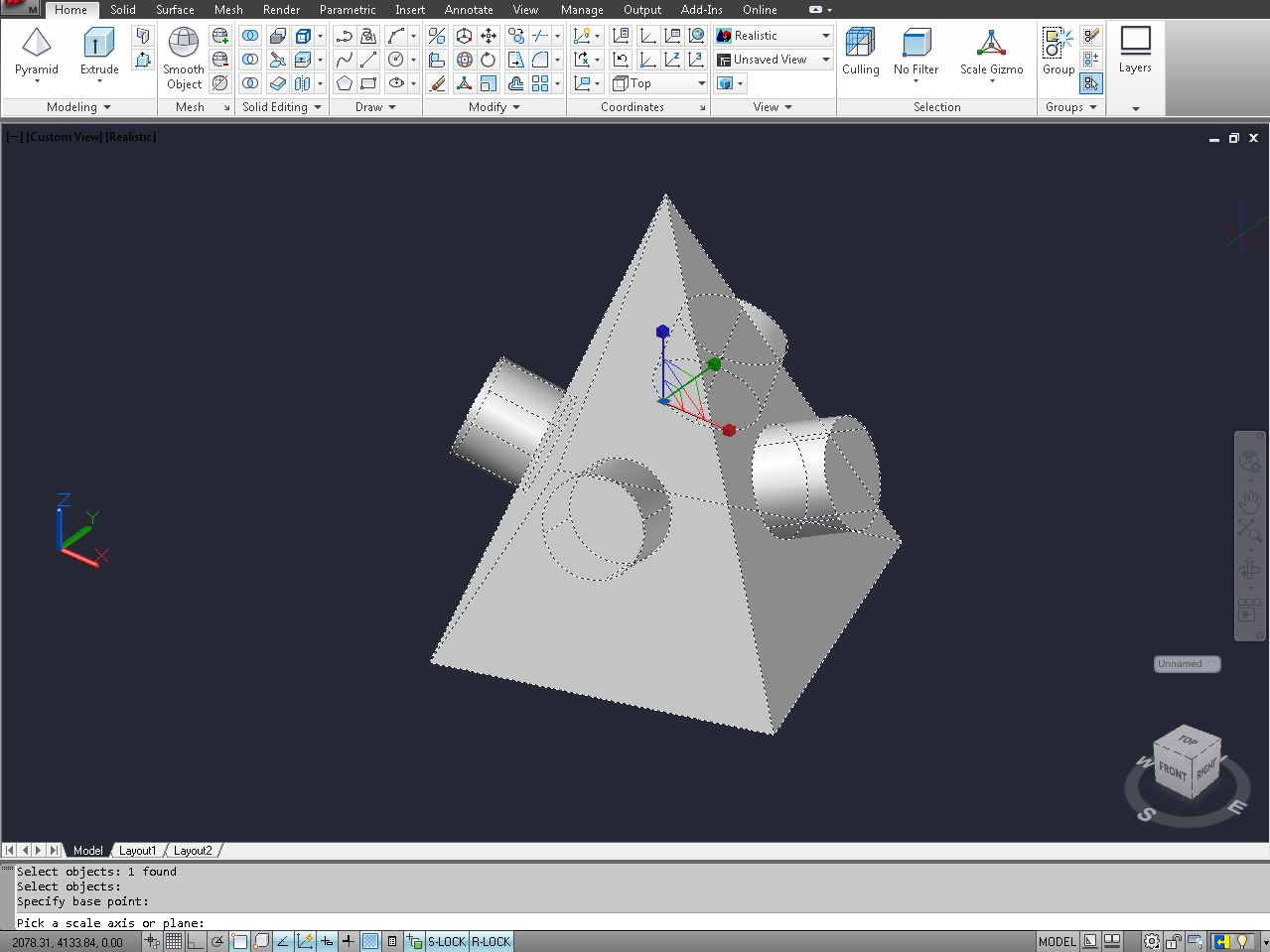
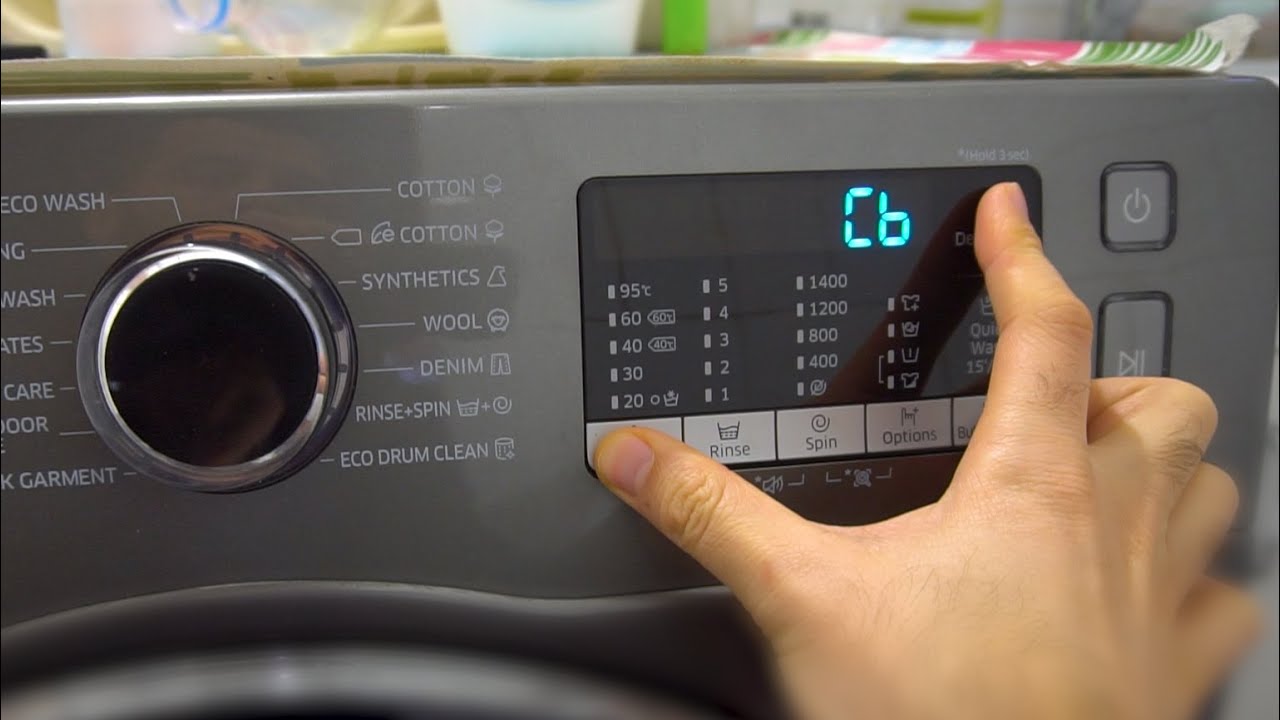

0 thoughts on “How To Calibrate A Scale Without A 100g Weight”